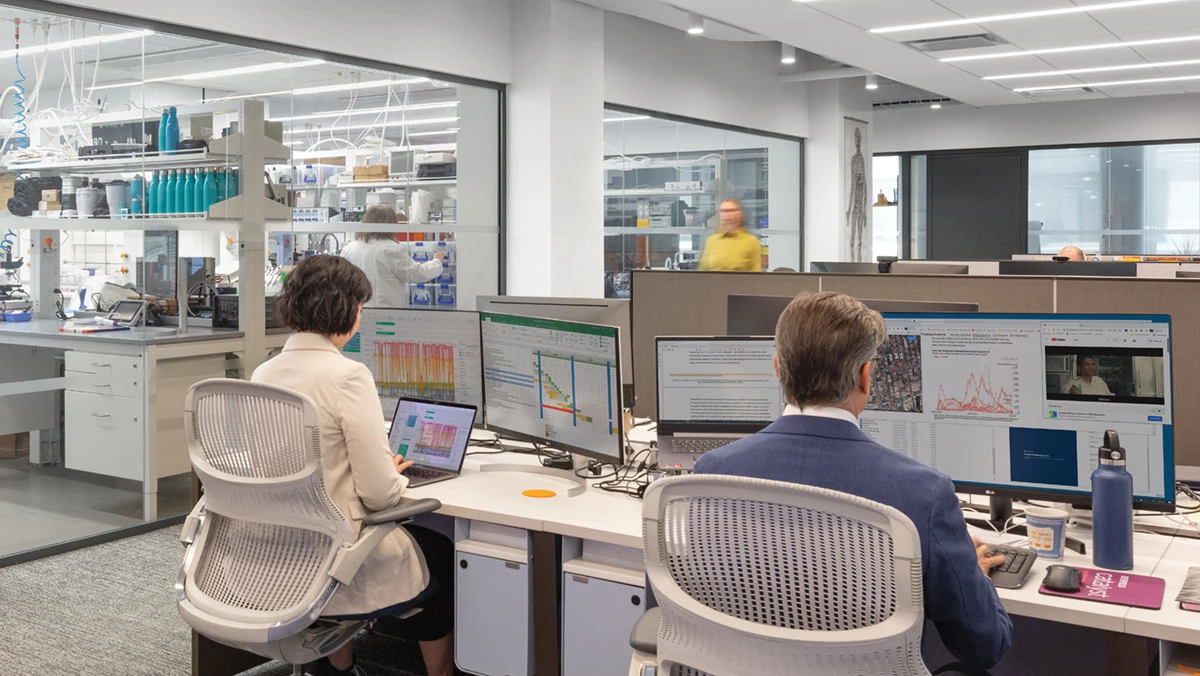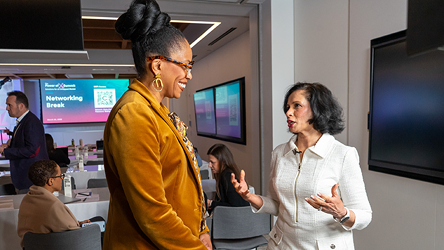March 15, 2024
Article
Start-up Financing in a Risk-Averse Climate: 3 Lessons From the COVID Years
View all topics

Overview
LEXEO successfully navigated pandemic-era financing. Here are three lessons learned for successful startup financing in a challenging climate.
How can startups achieve successful financing in challenging climates?
Before any glimmer of an impending pandemic, LEXEO Therapeutics started with a mission as a clinical stage genetic medicines company. As so often happens in biotech, the company was a collaboration between an academic scientist and a financial expert — in this case, Ronald Crystal, MD, a pioneer in gene therapy at Weill Cornell Medical College, and R. Nolan Townsend, MBA, who had held a variety of leadership roles at Pfizer. They shared a vision that would take investors to achieve: to move gene therapy from a type of treatment for patients with ultra-rare diseases to a precision therapeutic approach for those with cardiovascular and central nervous system diseases.
LEXEO successfully navigated pandemic-era financing, and the company achieved Nasdaq listing in November 2023. Townsend offers three of LEXEO’s lessons learned for successful startup financing in a challenging climate:
1. Go Virtual
“We started our first financing round a few months pre-COVID, so a lot of it was in person,” says Townsend. “We then went on to raise our series A during COVID in 2020, and our series B at the tail end of 2021, which was still in COVID. So, things transitioned from in-person interactions with investors to more virtual interactions.
“I think this is a positive development. More investors were willing to take more meetings because they were much faster virtual zoom meetings that allowed us to get to more investors — on the East coast, on the West coast, and also European investors. Virtual interaction has been an advantage. You can now raise capital faster and potentially at a lower cost because you don't have travel associated with it.”
2. Go Broad
“In this climate, one piece of advice is to go broad in terms of the number of investors that a new company speaks with, and this isn't only limited to investors in the United States. I think there are great funds in Europe and in Asia. This more virtual fundraising concept allows companies to raise capital from investors across the world more easily.”
3. Go Slow
“I'm seeing is a lot of risk aversion of investors in this environment,” says Townsend. “And what that means is that the story probably needs to be a little bit more advanced from an either preclinical or clinical perspective relative to what was needed in the last couple of years.
“So, for new companies that may be spinouts from academic labs, one piece of advice may be to ensure that you have a sufficient substrate of data that can attract the level of investment that you need to get to your next milestone. This could mean some companies staying in the academic setting a little bit longer than they otherwise would, getting that validating data and then going out to raise the capital after that. That's an approach that could help to address some of the risk aversion that I'm seeing in the investment climate today.”




